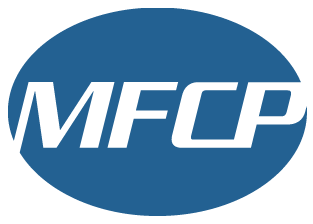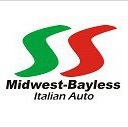CandBMotorworks
C&BMotorworks
I don't know about the rest of you, but it seems to me that FIATs used a very special metallurgy for their "steel" bolts. Anything bolted to the engine has pretty much welded itself to the aluminum, and for me at least, no amount of penetrant seems to be helping to break that bond. Meanwhile, it takes almost no effort to get a bolt to shear.
I recently removed the bolts securing the fuel injectors on an 87 Bertone. One of the heads sheared off. After removing the injector I had exposed bolt and attempted to work it out only to have it shear again. I am now looking at having to drill it out.
I imagine others have encountered this problem that seems unique (for me) to FIATs. Please offer your suggestions for (a) how I get the remainder of this bolt out without ruining the aluminium it has adhered itself to, and (b) what you do to get the old bolts and nuts on these cars to work as intended instead of rounding/shearing.
Thanks in advance.
I recently removed the bolts securing the fuel injectors on an 87 Bertone. One of the heads sheared off. After removing the injector I had exposed bolt and attempted to work it out only to have it shear again. I am now looking at having to drill it out.
I imagine others have encountered this problem that seems unique (for me) to FIATs. Please offer your suggestions for (a) how I get the remainder of this bolt out without ruining the aluminium it has adhered itself to, and (b) what you do to get the old bolts and nuts on these cars to work as intended instead of rounding/shearing.
Thanks in advance.


